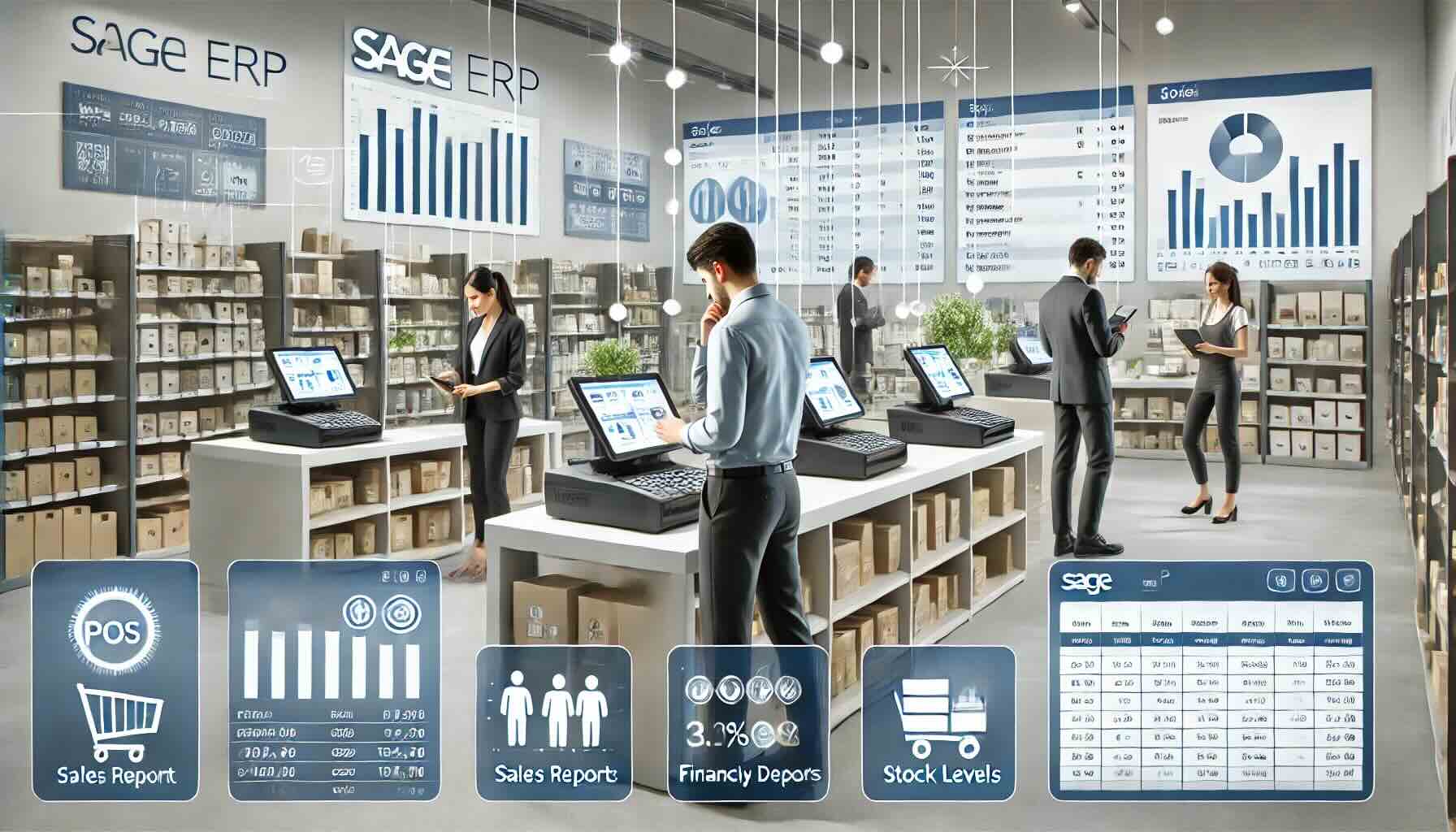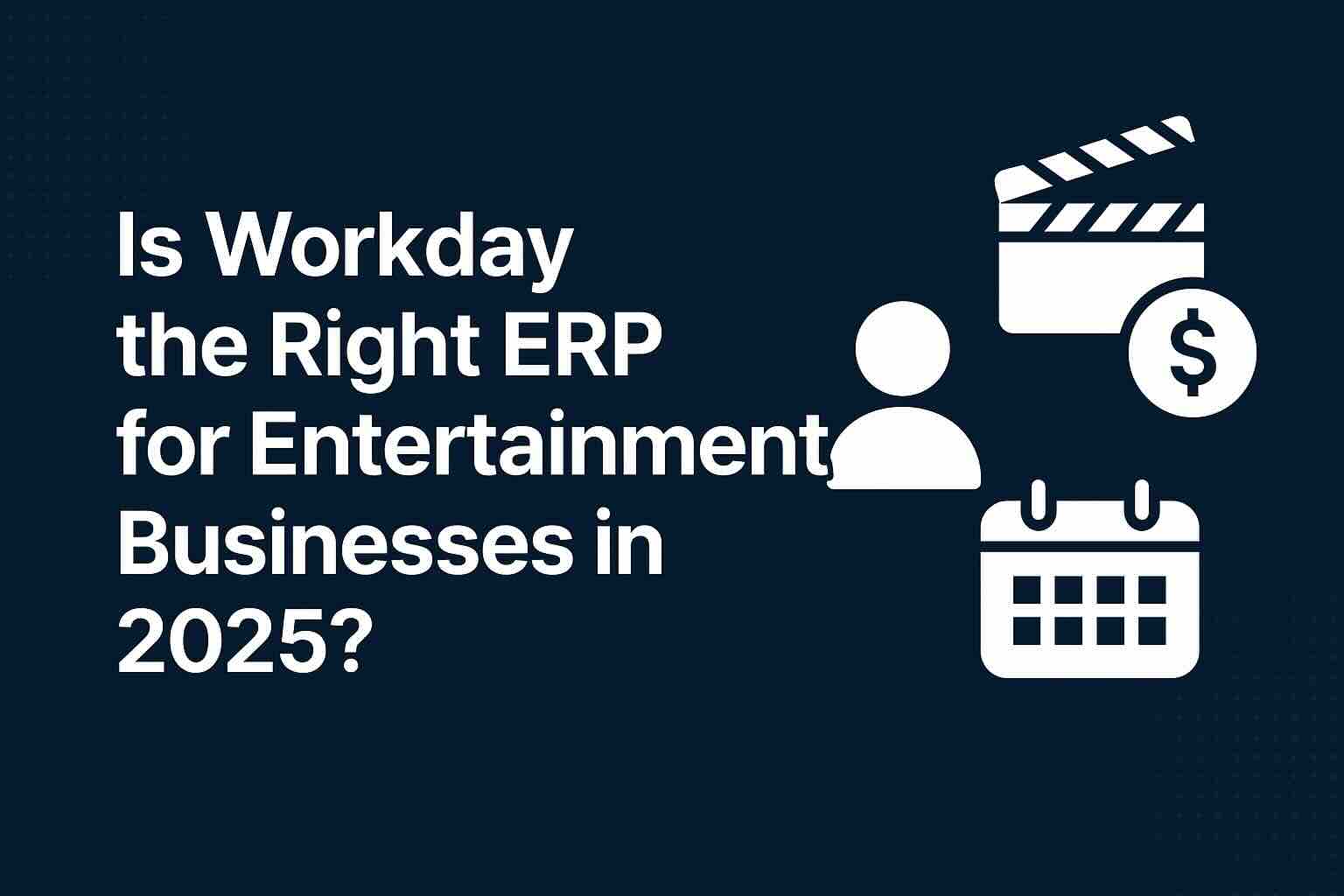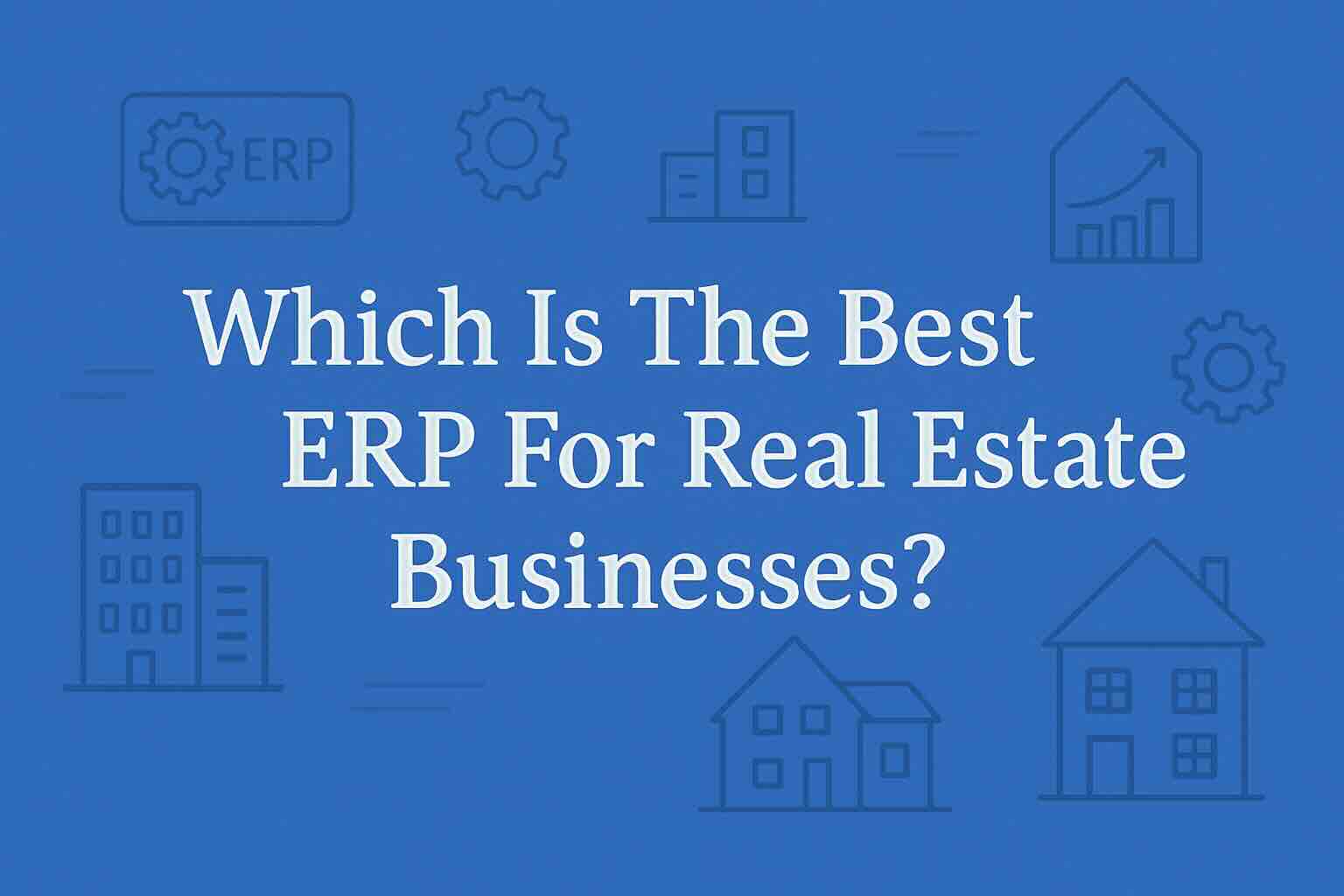Is Unit4 the Best ERP for Public Services?

Enterprise Resource Planning (ERP) systems are essential tools for public sector organizations, allowing them to streamline operations, improve efficiency, and enhance service delivery. As the digital transformation of public services accelerates, choosing the right ERP solution becomes critical. One of the contenders often mentioned in this space is Unit4, an ERP system designed specifically for people-centric organizations, including those in the public sector. But the question remains: is Unit4 the best ERP for public services?
In this article, we’ll explore the features, benefits, and challenges of using Unit4 for public services and compare it to other ERP systems available to determine if it’s the ideal solution for government and public-sector organizations.
Key Features of Unit4 for Public Services
Unit4 has positioned itself as a leading ERP provider, especially tailored to the unique needs of public sector organizations. Below are some of the key features that make it stand out:
1. People-Centric Design
Unit4 prides itself on being people-oriented, designed to empower employees and improve the efficiency of human-driven processes. In the public sector, this is a crucial factor since many services involve interaction with citizens, employees, and external agencies. The platform focuses on helping organizations manage their workforce, finances, and operations with a user-friendly interface and intuitive workflows.
2. Financial Management and Budgeting
Public sector entities often face strict financial regulations, including the need for detailed budgeting and transparent reporting. Unit4 excels in financial management by offering a comprehensive suite of tools for budget control, financial reporting, and compliance with governmental standards. Its real-time analytics help decision-makers monitor and adjust budgets as needed, an essential feature for managing public funds responsibly.
3. Automation and Efficiency
Unit4 leverages automation to reduce manual workloads and errors, improving operational efficiency. For public services, this translates into better resource allocation, streamlined workflows, and reduced administrative overhead. Tasks such as payroll management, procurement, and performance tracking can be automated, freeing up employees to focus on service delivery and more strategic initiatives.
4. Cloud-Based Flexibility
With Unit4’s cloud-based architecture, public sector organizations can implement the ERP system without needing extensive on-site infrastructure. This cloud-first approach offers scalability, easier updates, and enhanced security—a critical concern for government entities dealing with sensitive data.
5. Citizen Engagement
One of the unique selling points of Unit4 for public services is its focus on improving citizen engagement. The system helps organizations better manage public interactions and deliver services more effectively. Features like self-service portals, citizen feedback mechanisms, and case management tools streamline communication and engagement between public bodies and the communities they serve.
Benefits of Unit4 for Public Services
1. Customization for Public Sector Needs
Unit4 allows organizations to configure the system according to their specific needs. For example, local government departments can tailor workflows, reports, and analytics to comply with regional regulations. This level of flexibility helps public service providers meet the unique demands of their jurisdictions without sacrificing efficiency.
2. Improved Accountability and Transparency
The public sector is constantly under pressure to provide transparent financial management and clear reporting. Unit4’s powerful financial tools make it easier to produce transparent, accurate financial reports for internal audits, legislative reviews, or public dissemination. By offering clear and real-time visibility into how public funds are spent, Unit4 helps organizations maintain high standards of accountability.
3. Cost-Efficiency
As a cloud-based ERP solution, Unit4 lowers the cost of IT infrastructure and reduces maintenance expenses. Public sector organizations, which often face budget constraints, benefit from this cost-efficiency. Additionally, by streamlining processes and increasing employee productivity, Unit4 can contribute to long-term cost savings.
4. Focus on Employee Well-Being
A unique aspect of Unit4 is its focus on the well-being and satisfaction of employees. The platform includes modules that help organizations track employee engagement, development, and satisfaction. For public services, where workforce morale can directly impact the quality of service delivery, this feature is particularly beneficial.
5. Agile and Responsive
Unit4 provides real-time data and predictive analytics, enabling public sector organizations to respond quickly to changing needs. Whether it’s a shift in public policy, an economic crisis, or an emergency requiring swift allocation of resources, Unit4’s agile platform allows decision-makers to act on real-time data, ensuring responsive service delivery.
Challenges of Using Unit4 for Public Services
While Unit4 offers many benefits, there are also challenges to consider when implementing it in public sector organizations:
1. Complex Implementation
Like any ERP system, the implementation process can be complex and time-consuming. Public sector organizations may need to invest significant time and resources in the setup and customization of Unit4 to ensure it fits their unique requirements.
2. Change Management
Adopting a new ERP system can require substantial change management efforts. Public service employees may need extensive training to fully adopt and utilize Unit4’s features. Resistance to change is a common issue in many organizations, especially in the public sector, where processes can be deeply ingrained.
3. Cost Considerations
While Unit4 is cost-efficient in the long run, the initial investment can be significant. For public services, securing the budget for ERP implementation may be challenging, especially for smaller entities with limited financial resources.
How Does Unit4 Compare to Other ERPs?
Unit4 isn’t the only ERP tailored for public services. Other popular options include SAP, Oracle ERP, and Microsoft Dynamics. Here’s how Unit4 stacks up against these competitors:
- SAP: While SAP offers extensive customization and powerful analytics, it is often seen as more complex and expensive than Unit4. Smaller public sector organizations may find SAP to be overkill for their needs.
- Oracle ERP: Oracle provides robust financial management and scalability, but its interface is less user-friendly compared to Unit4. Additionally, Oracle’s implementation and customization can be more challenging, which may delay time-to-value for public services.
- Microsoft Dynamics 365: Microsoft’s ERP is known for its integration with other Microsoft tools, which can be advantageous for public sector organizations already using these products. However, in terms of people-centric features and ease of use, Unit4 offers a more tailored solution for public services.
Conclusion: Is Unit4 the Best ERP for Public Services?
Unit4 emerges as a strong contender in the public sector ERP space, thanks to its people-centric approach, flexibility, and robust financial management capabilities. Its cloud-based platform enhances cost efficiency, scalability, and responsiveness—key factors for public service organizations. While implementation and initial costs may pose some challenges, the long-term benefits in transparency, efficiency, and employee engagement make it a highly competitive option.
For organizations seeking to modernize and streamline operations, Unit4 could be the ideal ERP solution. However, it’s essential to align its features with your organization’s specific needs. If a people-first approach is a priority, Unit4 stands out as a compelling choice.
Selecting the right ERP can be a transformative decision. Our AI-powered Compare ERP tool simplifies the process, helping you explore and compare solutions tailored to your needs. In less than five minutes, our advanced engine analyzes millions of data points across 100+ ERP solutions to deliver your top three recommendations—completely free.
By carefully evaluating your requirements and conducting thorough vendor assessments, you can choose an ERP system that not only optimizes your processes but also positions your organization for long-term success.









